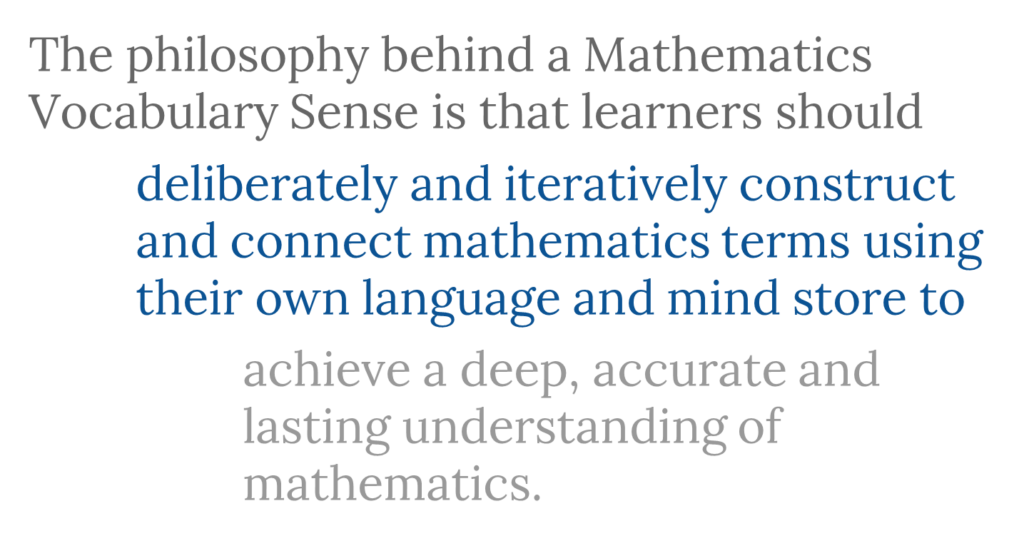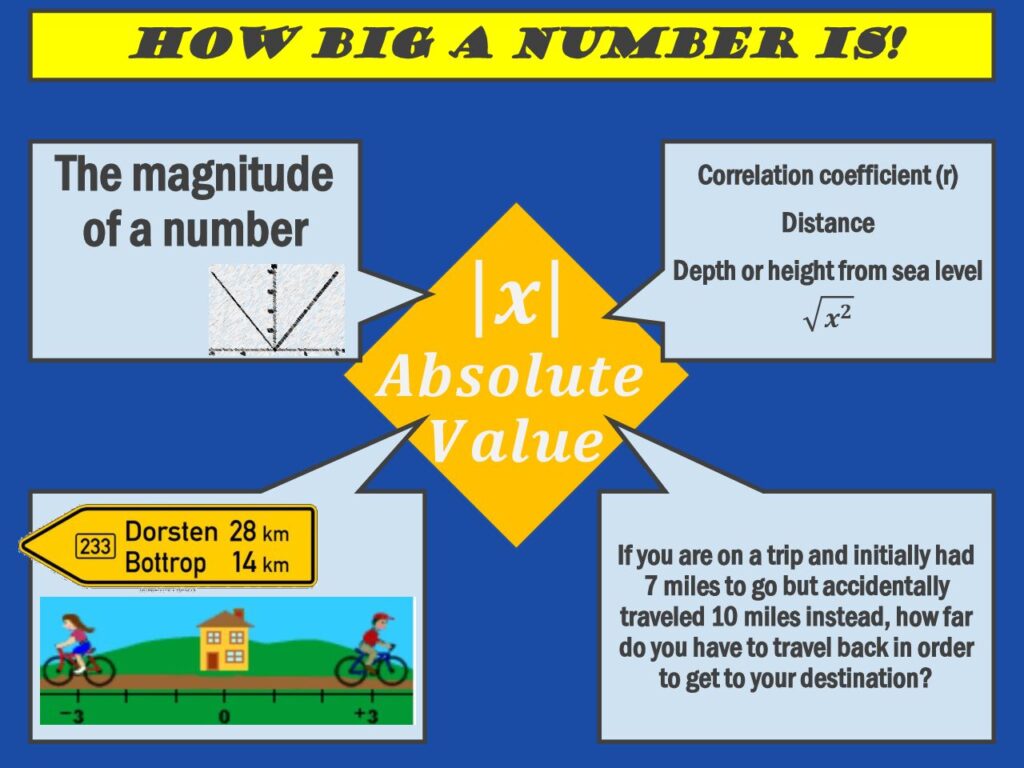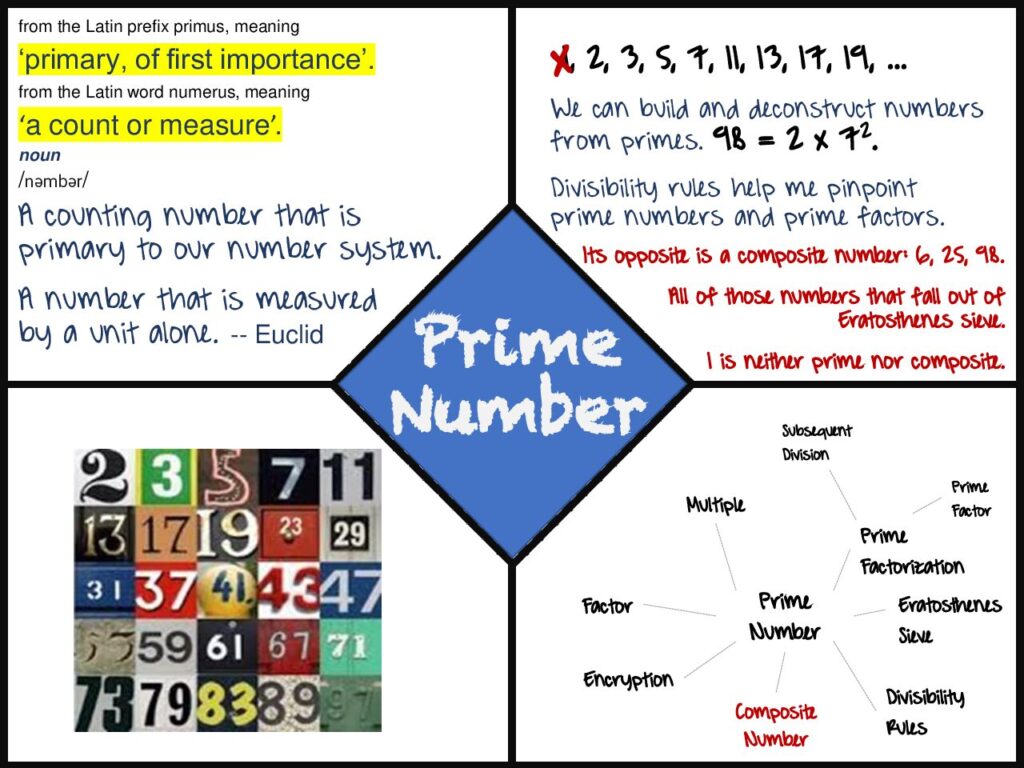The purpose of this article is to discuss the philosophy behind helping our learners build a mathematics vocabulary sense using multi-modal approaches, why it is an important part of learning math and how you can help your learner build a deeper understanding of mathematics.
What is a Mathematics Vocabulary Sense?

Why It Matters?
We develop a deep understanding of the mathematics term. (i.e. We examine the word parts of the term, its types and counter-types, our misunderstandings, and real-life applications.)
We create connections to the mathematics term so that our understanding is usable and lasting. (e.g. By building from the learner’s base of knowledge — through discussions, drawings, and games — learners iteratively construct their understanding of the term.)
We surface and address misconceptions in our understanding of the mathematics term. (e.g. Learners and educators deliberately surface, label and repair misunderstandings. )
How We Build It?
For learners to fully understand a word and be able to apply it, they need multiple varied exposure and the word needs to be introduced in context.
Multi-modal sources include Marzano cards, word clouds, vocabulary chips, word puzzles, Quizlet and discourse. Membean is probably best multi-modal vocabulary solution out there, but no matter how much I nudge them, they just do not cover mathematics terms in any meaningful way. But it is a wonderful resource for teachers to see a good way of structuring the teaching of new mathematics terms.
Marzano Vocabulary Cards
Learners use words, pictures and examples that are meaningful to them, in their own terms, from their own experiences. I am currently on a big Marvel Comics kick and using comic book templates will be engaging for some of our learners. I provide a sticker set to help our learners embellish their cards.

A generic Marzano template is used below.

My Fractions Word Cloud

What I like about word clouds (e.g. wordclouds.com) is that the word cloud can be linked to additional content in support of each mathematical term. For elementary school, my go-to dictionary resource is MathisFun.com and so I linked each of the vocabulary terms to information form their website. The colors can also be used to grey out areas not covered or emphasis areas of struggle or completion. It might make for a nice exit ticket. I create the initial word list by uploading my existing textbook to the word cloud web site and it does the work of surfacing key repeated terms.
Mind Maps
Mind maps help learners build connections and see the big picture, dive deep and foster creativity.

Word Parts
Learners should examine the word parts of the term, looking for the origin of the term, appreciating the sub-components of the term, and connecting to its synonyms and opposites.

Vocabulary Chips
Flipping a chip to build vocabulary fits very well with engaging learners to connect to mathematics terms and is a research-based activity (Flip-a-Chip to Build Vocabulary.)


How We Name Polyhedrons?
How You Can Help Your Learner?
Encourage caregivers to discuss mathematics terms at home — in the car, at the dining room table, wherever the opportunity arises.
Encourage learners to build a Marzano card when a mathematics term just does not stick or when there is a misconception that keeps resurfacing. Use Quizlets and games to keep K-12 mathematics terms retrievable.
If we cannot retrieve these terms, have we really every learned them?